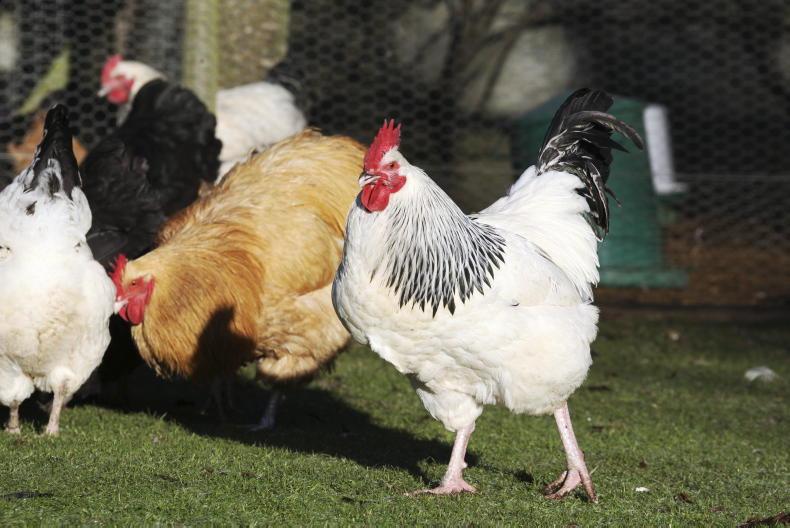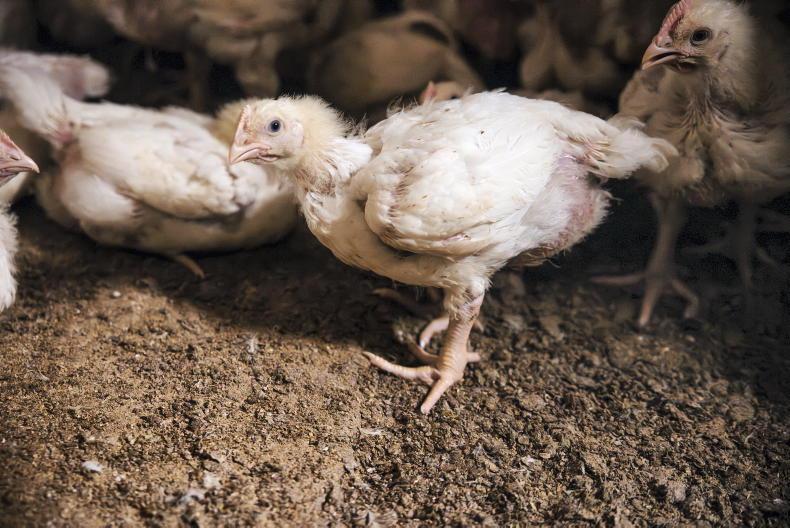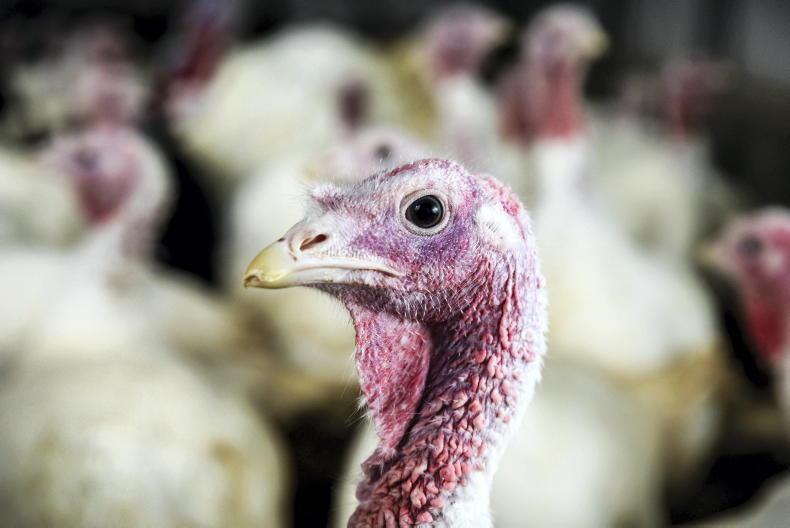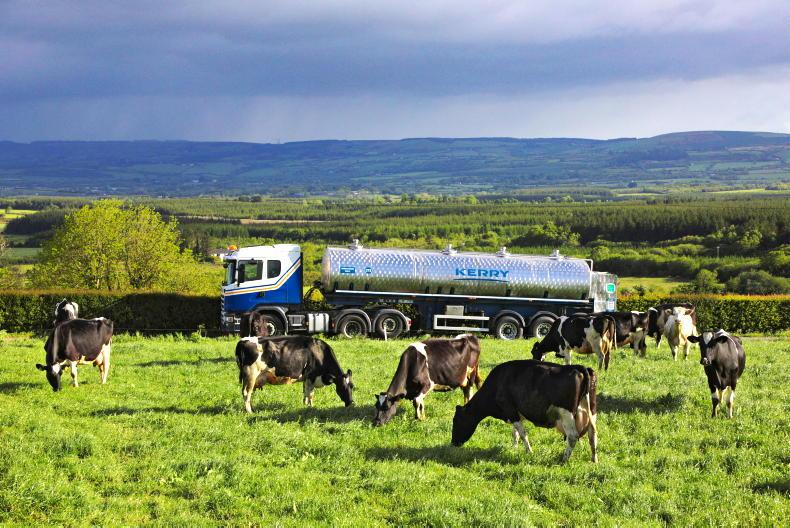A case of avian influenza (bird flu) subtype H5N1 has been confirmed in a raven which was found to have been suffering with neurological signs off the coast of Co Kerry.
The case is the first of the virus to be confirmed in a wild bird by the Department of Agriculture since 1 April.
The Department stated that prior to the confirmed bird flu case in recent days, 85 wild birds in Ireland had tested positive for the disease between 3 November 2021 and 1 April 2022.
Since November, avian influenza has now been found in wild birds in the 16 counties of Cork, Donegal, Dublin, Galway, Kerry, Kildare, Longford, Louth, Leitrim, Monaghan, Offaly, Roscommon, Sligo, Tipperary, Waterford and Wexford.
Poultry risk
Wild bird droppings infected with avian influenza can contaminate the environment with the infection, which can then spread the disease to poultry and captive birds.

The Department of Agriculture has said flock keepers should also use netting or deterrents to keep wild birds away from poultry areas.
The Department has again urged poultry owners to “continue to maintain best practice biosecurity measures to prevent further out breaks in poultry and captive birds” and warned that there “remains an ongoing risk from HPAI virus potentially circulating in wild birds and in the environment”.
Flock owners should report any virus suspicion to their nearest Regional Veterinary Office.
Signs of bird flu which poultry farmers should observe include high mortalities in a flock, bird depression or lethargy, loss of appetite, respiratory distress such as gaping beak, coughing, sneezing, gurgling, rattling, swelling and blue discolouration of combs, wattles, neck and throat, diarrhoea or reduced egg production.
Bird keepers should also use netting or deterrents to keep wild birds away from poultry areas. They should keep ducks and geese separate to other poultry species.
No human risk
Avian influenza poses no food safety risk for consumers. Properly cooked poultry and poultry products, including eggs are safe to eat, says the Department.
The virus is highly contagious for birds but the risk of transmission to humans is considered very low.
From October onwards each year the Department enters into the higher risk period for avian influenza in Ireland. Colder weather and decreasing daylight can extend the survival time of virus in the environment.
This is due to the fact that migratory wild birds, the natural hosts of many avian influenza viruses, start to arrive in large numbers to overwinter here.
Read more
Some 200,000 birds culled due to bird flu
Poultry sales and shows permitted again
A case of avian influenza (bird flu) subtype H5N1 has been confirmed in a raven which was found to have been suffering with neurological signs off the coast of Co Kerry.
The case is the first of the virus to be confirmed in a wild bird by the Department of Agriculture since 1 April.
The Department stated that prior to the confirmed bird flu case in recent days, 85 wild birds in Ireland had tested positive for the disease between 3 November 2021 and 1 April 2022.
Since November, avian influenza has now been found in wild birds in the 16 counties of Cork, Donegal, Dublin, Galway, Kerry, Kildare, Longford, Louth, Leitrim, Monaghan, Offaly, Roscommon, Sligo, Tipperary, Waterford and Wexford.
Poultry risk
Wild bird droppings infected with avian influenza can contaminate the environment with the infection, which can then spread the disease to poultry and captive birds.

The Department of Agriculture has said flock keepers should also use netting or deterrents to keep wild birds away from poultry areas.
The Department has again urged poultry owners to “continue to maintain best practice biosecurity measures to prevent further out breaks in poultry and captive birds” and warned that there “remains an ongoing risk from HPAI virus potentially circulating in wild birds and in the environment”.
Flock owners should report any virus suspicion to their nearest Regional Veterinary Office.
Signs of bird flu which poultry farmers should observe include high mortalities in a flock, bird depression or lethargy, loss of appetite, respiratory distress such as gaping beak, coughing, sneezing, gurgling, rattling, swelling and blue discolouration of combs, wattles, neck and throat, diarrhoea or reduced egg production.
Bird keepers should also use netting or deterrents to keep wild birds away from poultry areas. They should keep ducks and geese separate to other poultry species.
No human risk
Avian influenza poses no food safety risk for consumers. Properly cooked poultry and poultry products, including eggs are safe to eat, says the Department.
The virus is highly contagious for birds but the risk of transmission to humans is considered very low.
From October onwards each year the Department enters into the higher risk period for avian influenza in Ireland. Colder weather and decreasing daylight can extend the survival time of virus in the environment.
This is due to the fact that migratory wild birds, the natural hosts of many avian influenza viruses, start to arrive in large numbers to overwinter here.
Read more
Some 200,000 birds culled due to bird flu
Poultry sales and shows permitted again










SHARING OPTIONS